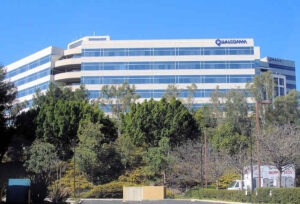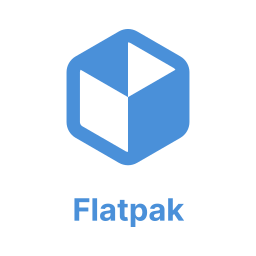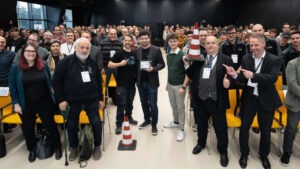 Who would ever think that Capital One, the what’s-in-your-wallet folks, would want to get serious about becoming an open source software developer? After all, it’s a banking institution, and while it’s not hard to imagine a bank would be developing some back end tools to be used in-house or by its clients, it’s not expected that it would spend big bucks publicizing these tools at OSCON.
Who would ever think that Capital One, the what’s-in-your-wallet folks, would want to get serious about becoming an open source software developer? After all, it’s a banking institution, and while it’s not hard to imagine a bank would be developing some back end tools to be used in-house or by its clients, it’s not expected that it would spend big bucks publicizing these tools at OSCON.
Even more amazing: The application Cap One is unveiling with much fanfare isn’t something designed to help potential clients interact with the bank’s network, but is a developers’ tool. Called Hygieia, after the Greek goddess of health, it’s a dashboard that ties together data from a variety of tracking tools commonly used by software developers and presents them on a single screen.
“Most DevOps tools only cover a portion of the pipeline,” the company explains in a press release, “for example quality or environment health, but they don’t offer a comprehensive view.” Hygieia provides “customizable widgets for all of the steps in the software development lifecycle.” It’s available on GitHub and is released under the Apache 2.0 license.
Is it useful? I don’t know; I’m not a developer. Someone more knowledgable than I will need to weigh in on the subject. The company’s video tutorial certainly makes a good case, but my experience is that although dashboards such as this can often be helpful, sometimes they look more useful at first glance than they end up being.
But that’s not the big issue here, at least not for me. What’s important is that a big bank has taken steps to release software developed in house to meet its own needs to developers outside its organization. It’s even more important that, in the process, it’s jumping on the open source bandwagon, even if reserving the right to keep some software proprietary:
“How much are we charging?
“Well, nothing, actually; that’s the whole point of open source. Unlike proprietary licensed software (like Microsoft Windows), with open source software (like Android and Unix), the underlying code is free to all developers to snag, bring into their environments, use for their own projects, and then give back, by sharing enhancements and improvements with the rest of the community. While it may seem odd that software would be free, open source has evolved to be an incredibly efficient win-win approach to rapid cycle development. Companies can still keep proprietary code to themselves, while sharing blocks of more generic functionality.”
Forget the fact that Unix isn’t necessarily open source; the guys and gals at Capital One are trying to get on track and do the right thing. I can only imagine what a momentous task it must have been for the enlightened folks in the bank’s IT department to convince the bean counters in the front office that giving away software that had been developed at great expense was a good idea.
That they could do so, only serves to illustrate the fact that open source is the development model of the future.
Help keep FOSS Force strong. If you like this article, become a subscriber.
Christine Hall has been a journalist since 1971. In 2001, she began writing a weekly consumer computer column and started covering Linux and FOSS in 2002 after making the switch to GNU/Linux. Follow her on Twitter: @BrideOfLinux










As far as I can tell, not a great deal of effort to convince at all. Capital One aims to be an technology company with banking as its product. Open Source is just a way to reach there.